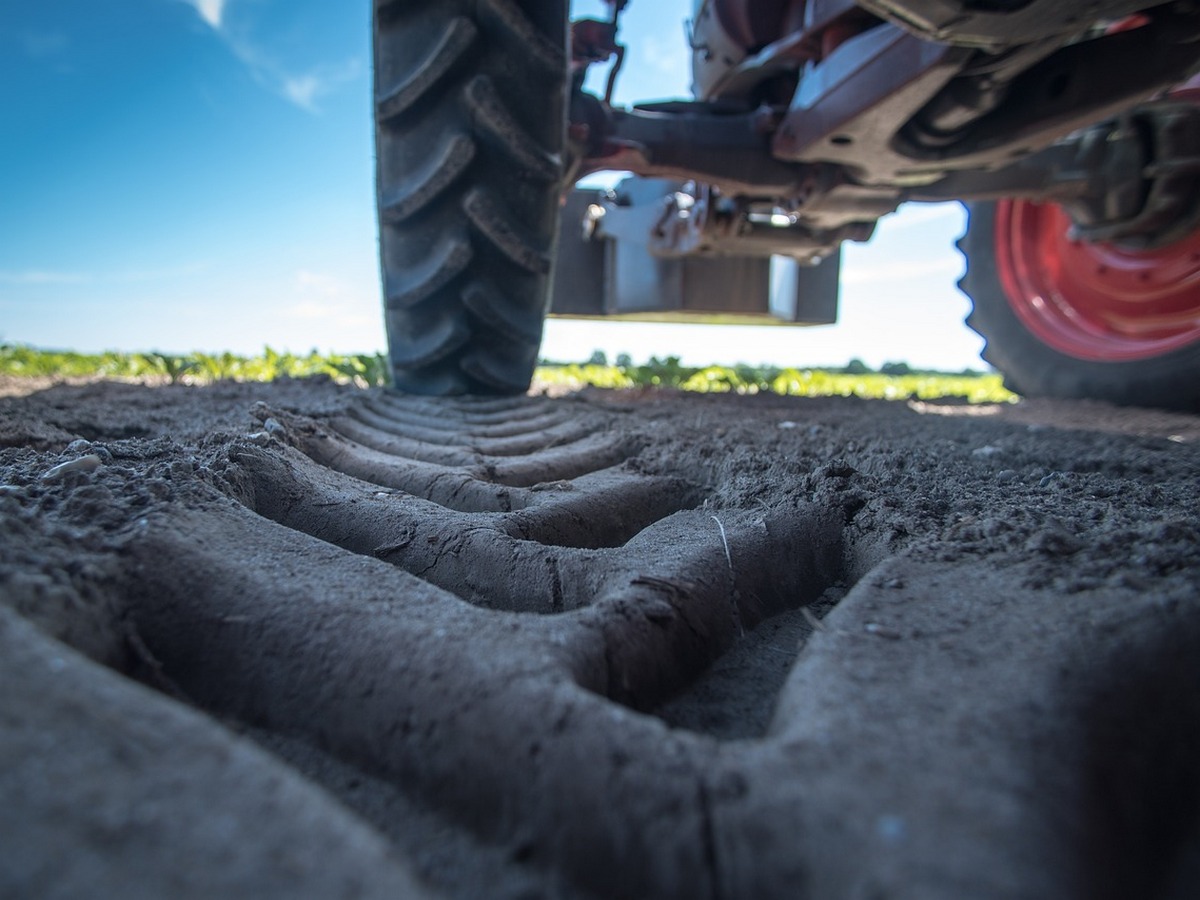Every farm and every agricultural holding, ant and monster, while performing an identical set of tasks, also performs the typical functions of implementing a set of actions, accumulating and distributing resources in order to obtain a financial result.
The process of cultivation of living organisms in the last half century has undergone significant changes under the influence of scientific progress, as the food security of mankind has attracted scientific forces to solve the problem of hunger and guarantee safe existence in the future. Agriculture has become one of the most science-intensive industries, and the problems of genetics, breeding, technical and chemical means of raising animals and plants for food have been solved in a historically short time. In the last decade, digitalization has contributed to the efficiency of agriculture and continues to do so.
Both the farmer and the holding company must manage their land, stock the necessary inputs for the production cycle, perform agro-technology operations, and carry out product sales. Agroholdings add the function of human resources and communication between territorial units and headquarters. Both the farmer and the holding company need planning, operations control and strategy.
Digitalization made it possible to accumulate Big Data and work with data, obtaining optimal solutions for further operations. Climate’s (Monsanto) small multifunctional Field View sensor collects data on soil, weeds, pests, crop yields and concentrates them in arrays, combines with drone data and satellite maps, then the system analyzes data and transforms it into technological maps of further activities. Thus, the efficiency of crop production increases fundamentally, as fertilizer application and agrochemical treatments become as accurate as possible, and the seed is used accurately. However, other important issues of the farmer’s activities remain outside the system: the purchase of seed, fertilizers and agrochemicals, fuel and accounting, sales of grown products.
If the systems for monitoring and analyzing agricultural operations contribute to the efficiency of farm production, the comprehensive Farm Management System is designed to relieve the farmer from his office work and equip him with ready-made solutions for running his business.
Full-cycle systems are developed either by large agricultural companies or research institutes, but IT companies are also experimenting in this area.
In the modern sense, Farm Management System is a system that allows to manage the production process from idea to execution control based on the farm database and external monitoring sources with integration of financial management tools.
In the face of climate change and market volatility the farmer must focus on growing processes and respond immediately to significant changes in conditions by leaving accounting, control, purchasing and reporting issues to automation.
The Farm Management System market is now approaching $1.5 billion worldwide and is growing exponentially. There are recognized market leaders. Livestock producers widely use Farm Management System Navfarm, Universal Farm Management software for poultry farm owners, fish farm owners, livestock farm owners, hog farms, dairy distribution companies and other agricultural businesses. ERPNext is an open-source Web application that helps small, medium and corporate businesses manage their accounting, inventory, sales, purchases, production, projects, customer support and Web site. Agsquared helps farmers gather valuable information about their farm operations to help build a complete picture of farm productivity, profitability and sustainability. Farmlogs, Farmlogic, AGRIVI, EasyFarm, Farmbrite, and Croptracker AgroSense are popular. Agworld, for example, is the world’s first collaborative farming solution that allows farmers, crop consultants, farm staff, Precision Farming specialists and operations managers to work as one. ExactFarming is an agricultural decision support system that uses data from field sensors, satellite imagery and equipment to make farmers’ lives easier and their businesses more profitable.
